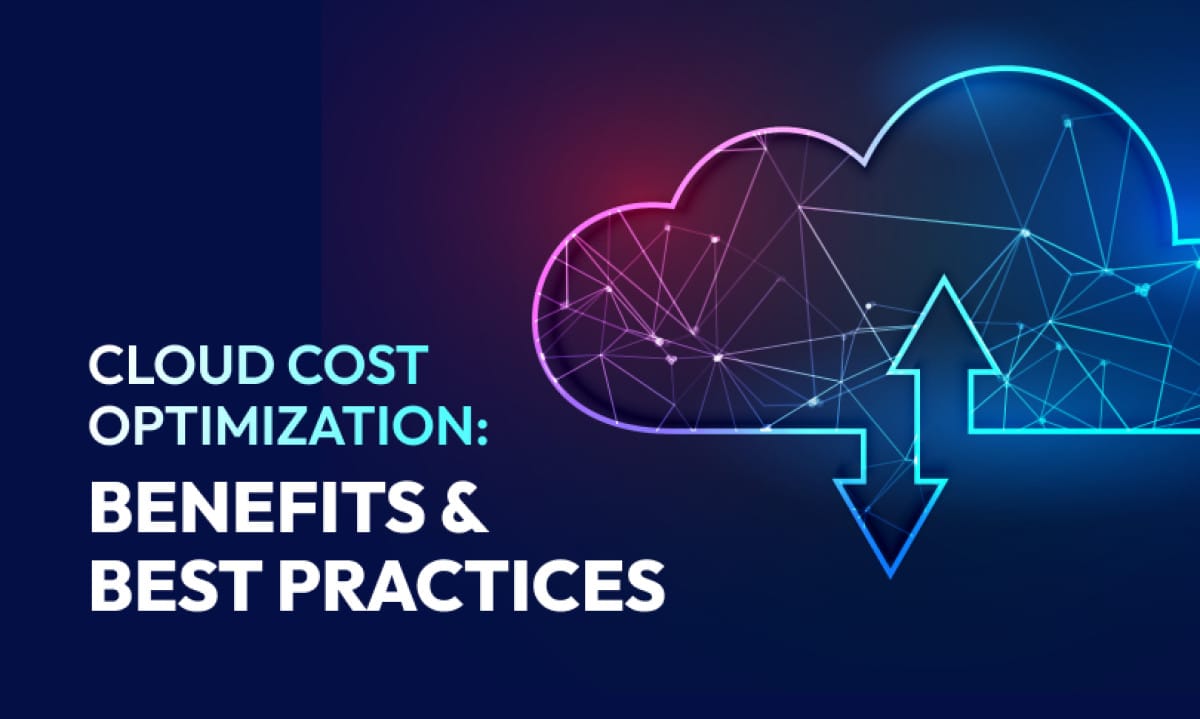Cloud Cost Optimization

Unlocking Efficiency Through Resource Optimization and Automation
The cloud has transformed the way businesses operate, offering unparalleled scalability, flexibility, and agility. However, with this power comes the responsibility of managing costs effectively. Unoptimized cloud spending can quickly escalate, turning a strategic advantage into a financial burden. This is where resource optimization and automation, fueled by a DevOps mindset, become crucial allies in the fight against cloud cost creep.
The Cloud Cost Optimization Challenge
The "pay-as-you-go" model of cloud services, while efficient for short-term bursts of activity, can easily lead to a "spend-first, optimize-later" mentality. This can result in:
- Overprovisioning: Allocating more resources than needed, leading to wasted spending.
- Idle Resources: Unused or underutilized instances, servers, or storage, draining your budget.
- Inefficient Usage: Lack of monitoring and optimization leading to inefficient resource allocation.
- Unnecessary Services: Unused or redundant services adding unnecessary costs.
Resource Optimization: The Foundation of Cost Control
Resource optimization is the art of maximizing the efficiency of your cloud resources, ensuring you only pay for what you actually use. It's about striking the right balance between performance and cost, maximizing value while minimizing waste. Here's how resource optimization can revolutionize your cloud cost management:
1. Rightsizing Instances:
- Dynamic Scaling: Automatically adjust the size of your instances based on real-time demand, ensuring you only pay for the resources you need.
- Instance Types: Choose the right instance type for your workload, considering CPU, memory, and storage requirements.
- Reserved Instances: Commit to using instances for a specific period to get significant discounts.
2. Optimizing Storage:
- Storage Classes: Select the appropriate storage class for your data based on access frequency and performance needs.
- Data Archiving: Archive infrequently accessed data to less expensive storage tiers.
- Data Compression: Compress data to reduce storage requirements and costs.
3. Managing Databases:
- Database Optimization: Tune database settings and optimize queries for improved performance and reduced resource consumption.
- Database Scaling: Scale your database instances based on demand, ensuring you only pay for the resources you need.
- Database Backups: Implement efficient backup strategies to minimize storage costs.
Automation: The Key to Efficiency and Scalability
Automation is the engine that drives resource optimization, allowing you to implement and manage these strategies efficiently and at scale. Here's how automation can empower your cloud cost optimization efforts:
1. Automated Resource Provisioning:
- Infrastructure as Code (IaC): Define and manage your infrastructure using code, ensuring consistency and repeatability.
- Cloud Formation Templates: Use pre-defined templates to automate the provisioning of resources, reducing manual errors and time.
- Serverless Computing: Pay only for the time your code is running, eliminating the need for idle servers.
2. Automated Monitoring and Analysis:
- Cloud Monitoring Tools: Use cloud monitoring tools to track resource usage, identify bottlenecks, and detect anomalies.
- Cost Analysis Tools: Gain insights into spending patterns, identify cost leaks, and optimize resource allocation.
- Alerting and Notifications: Set up alerts to notify you of potential cost overruns or inefficient resource utilization.
3. Automated Optimization Processes:
- Auto-scaling: Automatically adjust resource capacity based on real-time demand, ensuring optimal resource allocation.
- Resource Cleanup: Automatically shut down idle resources or delete unused data to reduce costs.
- Cost Optimization Policies: Implement automated policies to enforce cost-saving measures across your cloud environment.
Pros of Resource Optimization and Automation:
- Increased Efficiency: Automated processes and optimized resource allocation lead to significant cost savings.
- Improved Visibility: Real-time monitoring and data analysis provide a clear picture of cloud spending.
- Reduced Manual Effort: Automation frees up IT teams to focus on strategic initiatives and innovation.
- Enhanced Scalability: Automated processes allow for rapid scaling of resources to meet changing demands.
- Reduced Risk: Automated processes and continuous monitoring minimize the risk of overspending or resource waste.
Cons of Resource Optimization and Automation:
- Initial Investment: Implementing resource optimization and automation requires an initial investment in tools, training, and expertise.
- Complexity: Managing a complex cloud environment with automation requires specialized skills and knowledge.
- Vendor Lock-in: Reliance on specific cloud providers may limit flexibility and increase switching costs.
- Security Concerns: Automated processes and cloud infrastructure require robust security measures to protect sensitive data.
- Potential for Errors: Automated processes, if not properly configured, can lead to unintended consequences.
Conclusion
Resource optimization and automation are essential components of a successful cloud cost optimization strategy. By adopting these principles, businesses can gain control of their cloud spending, improve efficiency, and unlock significant cost savings. While there are initial challenges to overcome, the long-term benefits of a resource-optimized and automated cloud environment far outweigh the costs.
Next Steps:
Now that you understand the importance of resource optimization and automation, let's dive deeper into specific strategies. What aspects of cloud cost optimization are you most interested in? Are you interested in exploring specific tools and technologies, or perhaps learning about best practices for implementing automation in your organization?
